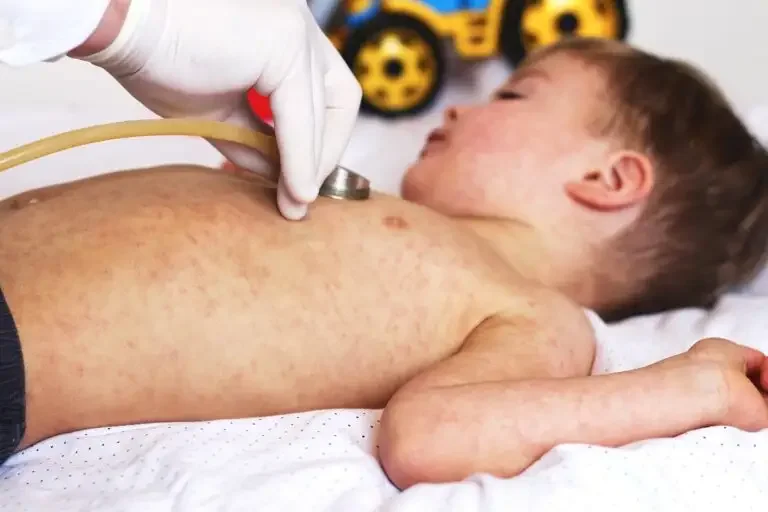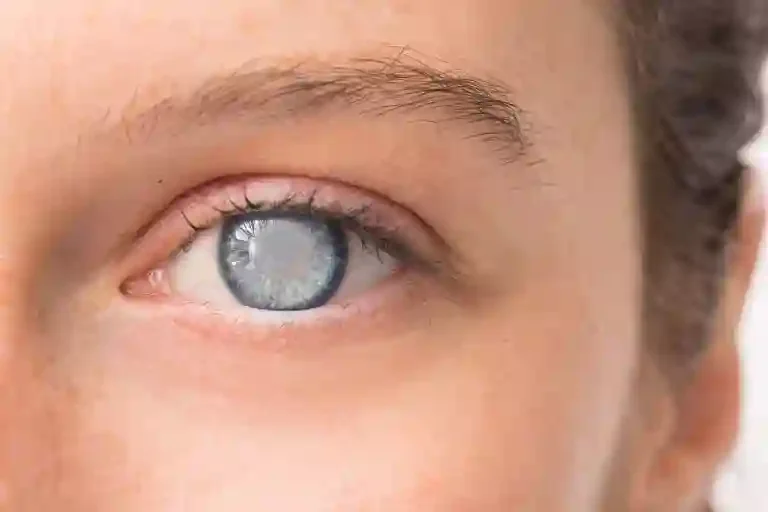Measles is a childhood infection caused by a virus. It generally affects younger & unvaccinated kids. Once quite common, but now measles can be prevented with a vaccine.
Also called rubeola, measles spreads fast and can be serious and even deadly for small children. While casualty rates have been falling internationally as more children receive the measles vaccine. Still, from time to time, there are small pockets of epidemic occurrence throughout India mostly because of poor vaccination schedule adherence by parents. The current ones are in Mumbai & Maharashtra.
Measles signs and symptoms occur around 10 to 14 days after exposure to the virus. It circulates via respiratory droplets & close contact.
Signs and symptoms of measles generally include:
- Fever
- Dry cough
- Runny nose
- Sore throat
- Inflamed eyes (conjunctivitis)
Small white areas with bluish-white centers on a red background are based inside the inner lining of the cheek — also called Koplik’s spots
A skin rash is large, flat patches that frequently run into one another
The infection occurs in stages over 2 to 3 weeks.
Infection and incubation. For the first 10 to 14 days after infection, the measles virus spreads in the body. There are no signs or symptoms of measles during this time.
Nonspecific signs and symptoms. Measles typically begins with a mild to moderate fever, often with a persistent cough, a runny nose, inflamed eyes (conjunctivitis), and a sore throat. This relatively mild illness may last 2 to 3 days.
Acute illness and rash. The rash is made up of small red spots, some of which are slightly raised. Spots and bumps in tight clusters give the skin a blotchy red appearance. The rash starts from behind the ears & spreads to the whole body.
Over the next few days, the rash spreads down the arms, chest, and back, then over the thighs, lower legs, and feet. At the same time, the fever rises sharply, often as high as 104 to 105.8 F (40 to 41 C).
Treatment is mainly symptomatic while actively looking for complications like pneumonia, ear infections, or other possible secondary bacterial infection. The focus should be on maintaining hydration & energy levels by offering lots of liquid & healthy food.
The rash may last about seven days. The rash gradually fades from the face and from the thighs and feet. As other symptoms of the illness go away, the cough and darkening or peeling of the skin where the rash was may stay for about 10 days.
A child can spread the virus to others for about eight days, starting four days before the rash appears and ending when the inflammation has been present for four days.
Review your child’s vaccination records with your Pediatrician, especially before your children start daycare, school, or college. According to the IAP recommendation, a child should complete 3 doses of the MMR vaccine at the age of 9 months, 15 months & 5 years.
If your child gets contact with measles or develops symptoms contact to Pediatrician urgently & keep the child quarantined for at least 7 days.
Dr Vishal Parmar
Consultant Paediatrician
Wockhardt Hospitals, Mira Road
To book an appointment call: +918108101104












